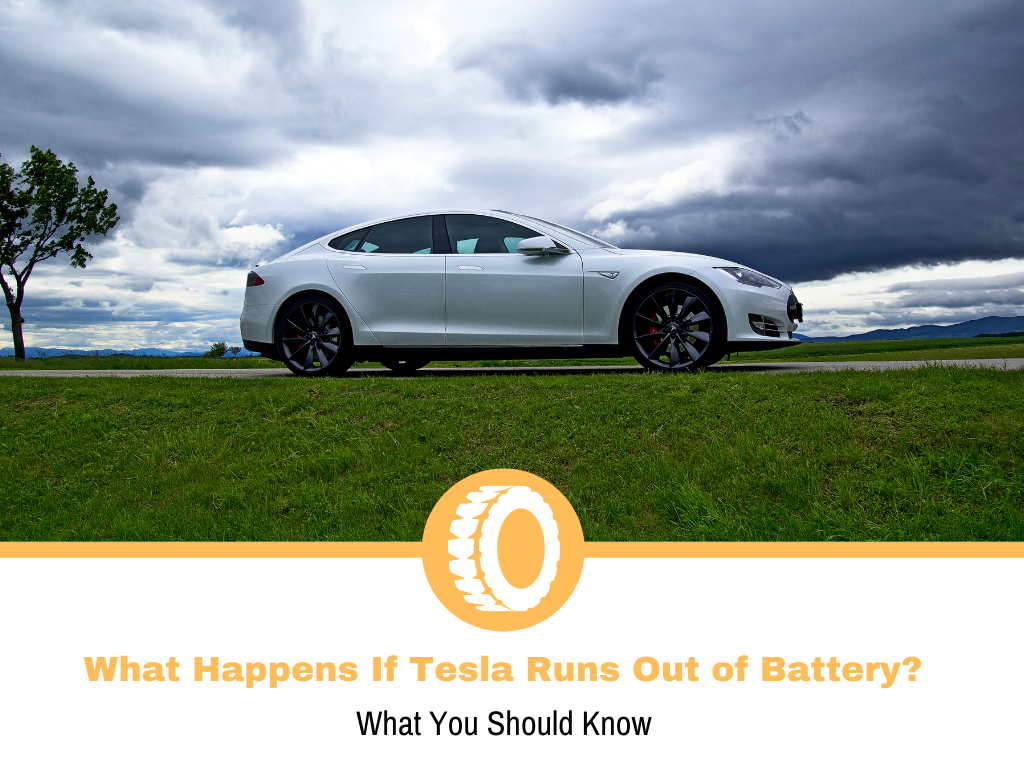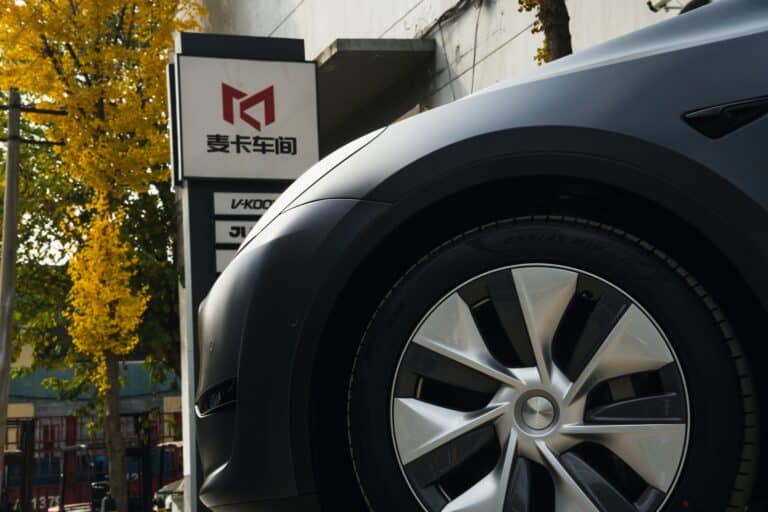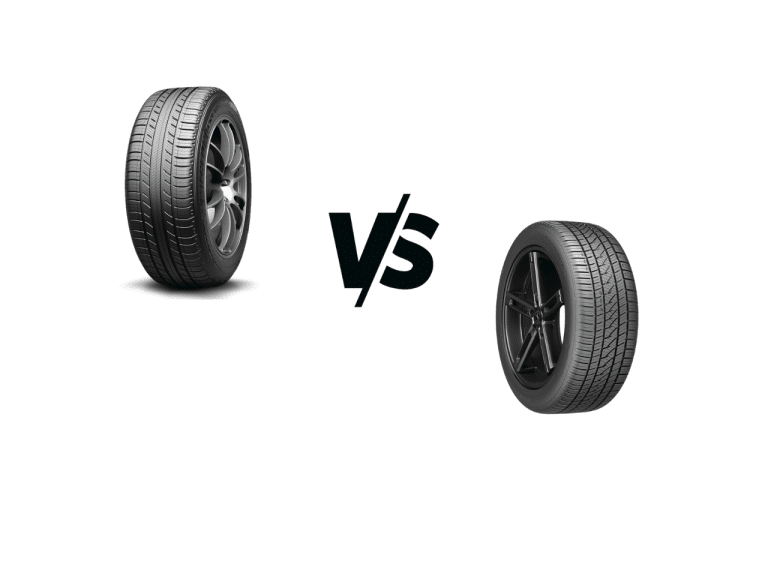What Happens If Tesla Runs Out of Battery?
The growing demand for electric car purchases is primarily driven by environmental concerns, particularly the problem with air pollution. Also, switching to electric from an internal combustion engine eliminates other costs that will occur overtime just to keep the car environmentally friendly.

However, since the vehicle relies on a powerful set of batteries underneath, a lot of potential car buyers are worried about one thing: range. The anxiety of finding oneself stranded when the battery runs out and a charging station, such as a public charging station is nowhere near. This is in contrast to a traditional vehicle, where a fuel station can be found just a mile away from each other.
When your Tesla’s battery runs out, your car slows down gradually. This will give you enough moment to pull to the side of the road, park your car, and plan your next action.
The problem of completely running out of ‘juice’, as they call it, can be simply addressed by identifying the problem itself. The color of the battery indicator will change from green to yellow to red in the upper left corner of the Tesla display, next to the speedometer. This will let you know the battery’s status at a glance. This way, you can tell when your vehicle’s battery will be about to die. The color red denotes that your vehicle is depleting its final reserves of power and is on the verge of dying.
Tesla Equipped Battery Status Indicators
Tesla provides a flurry of caution before bringing your vehicle to a complete stop. For example, as your battery charge continues to deplete and is in desperate need of a recharge, your vehicle will begin to propose charging stations for you to visit in order to recharge your battery. It will also notify you if you are traveling farther away from the closest charging station.
Despite the fact that you are still beyond the range of the closest charging station, there is always hope! Your Tesla wouldn’t simply abandon you in the middle of nowhere. The battery has a few additional tens or twenty miles of range even after your range has been depleted. Even while this does not imply that you should place your hopes in it, knowing that you can drive at 65 mph for those 20-10 miles is comforting. Perhaps you will be able to reach your destination and recharge your battery.
It should go without saying that you should not rely on those additional miles for daily travel. If you find yourself in this situation, you should only utilize them in severe circumstances when you are utterly stranded.
A buffer is a term used to describe the additional miles you gain from driving a Tesla. Eventually, you will be unable to sustain your current pace of 65 miles per hour. As a result, you will notice that your automobile is progressively slowing down. It allows you more than enough time to pull over to the side of the road and park your vehicle while you plan your next move, if necessary.
As it continues to slow down to about 15mph, your Tesla will tell you that it will be unable to drive shortly, and it will eventually come to a complete stop and park itself.
If you reach this stage, you’ll need to contact roadside assistance or towing service to transport you to the closest charging station. Make certain that your Tesla is transported on a flatbed to prevent any damage. As soon as roadside help arrives, put the automobile into “transport mode” so that the tow truck drivers can simply get it into the tow truck and take it to a storage facility.
How Long Do Tesla Batteries Last?
According to Tesla CEO Elon Musk, batteries in Tesla cars are believed to be intended to last 300,000-500,000 miles, or around 21-35 years, based on the average number of miles traveled by Americans in a year, which is normally around 14,263. Keep in mind that this figure might vary depending on a variety of factors, including the distance traveled.
According to sources, Tesla is working on producing a battery that has a life span of one million miles. However, current-generation batteries are not yet capable of lasting a million miles, and it is possible that the battery may need to be replaced at some point during the car’s lifespan.
Because so few electric vehicle batteries have been changed, the best information available comes from Elon Musk, who claims that a replacement battery for a Model 3 car would cost between $5,000 and $7,000 dollars. In tandem with the decline in the cost of batteries themselves, it is projected that the cost of changing batteries would fall.
People are reporting spending tens of thousands of dollars on a new battery on a regular basis, and the reports are becoming more common. A lot of contradicting information is available concerning expenses, but it is possible that a Tesla battery will continue to function beyond 500,000 miles; it will only have a lower mileage range per charge at that point.
We must emphasize that charging electric vehicle batteries puts pressure on the battery’s life and capacity to retain a charge, particularly when the battery runs out of power and is completely replenished on a regular basis. On the plus side, unless you are traveling more than 300 miles each day, this is unlikely to happen to you.
It is also reasonable to anticipate that your battery’s performance will remain consistent over time. A normal Tesla battery deterioration rate of 10% after 160,000 miles, according to research, is believed to be the case. The battery’s performance and energy density declined by just 10% after all of those miles traveled, indicating that the battery is still performing at or near peak levels.
What Should You do If your Tesla’s Battery Dies?
Anyone who has driven a standard vehicle that runs on gasoline knows the tension that comes with being stranded on a highway with no fuel or no gas outlets in the immediate vicinity. This similar issue is a major source of concern for electric vehicle owners. There are a handful of things you may do to get help in such situations such as calling for Roadside Assistance, a Tow Truck company, or the new concept called a mobile charger.
Roadside Assistance
Roadside assistance is very beneficial to drivers of all vehicle types. Because you can’t put fuel in an electric vehicle, requesting roadside assistance may be the most effective way to receive assistance.
In the event that you need roadside assistance, be sure to tell the operator that you have an electric vehicle so that they may send a flatbed, tow truck, or portable charger to you.
Also, towing an electric vehicle with a flatbed is the only option since using a rope or any other means might create interference with the vehicle’s electrical systems and functionality.
Tow Truck
Towing an electric car requires much planning and preparation. The towing industry has been educated to transport electric vehicles without damaging their electrical components, charging systems, or batteries.
For electric vehicles and hybrid vehicles, a special zero-degree or flatbed should be available from towing firms that’ll haul your vehicle Because most electric vehicles are lower to the ground than conventional vehicles, towing them is more challenging. Make certain that the tow truck you choose has prior experience towing electric vehicles.
Mobile Charger
Recently, a method of charging electric vehicles (EVs) utilizing a tow truck was devised. In order to assist you in getting back on the road as quickly as possible, mobile chargers have been introduced. Only a few businesses have created portable charging solutions that might be of use to EV drivers who are stranded on the highway.
When you contact your roadside help services, they will be able to send a fast charger to your location, which will take a short period of time to charge your vehicle and have you back on the road in no time at all.
The majority of gas-powered generators that your roadside help will supply have a power output of 9.6 kilowatts and can produce 240 volts at a time. Ask about the availability of a mobile charge from your roadside assistance service provider. Quite often than not, they will be providing it.
Conclusion
Electric vehicles (EVs) are the transportation mode of the future. Not only are they reasonably priced, but they are also efficient, and they help to protect the environment by reducing pollution. However, until car companies address the availability of public charging stations, and innovation in batteries providing more range, the anxiety of running out of battery can still pose a concern to many. That is why a diligent, and pre-planned route is still your best weapon to prevent you from finding yourself stuck on the shoulder of the highway.





